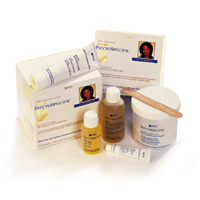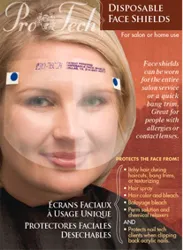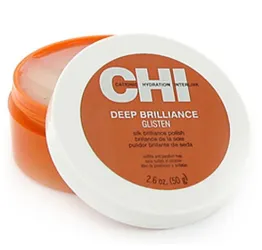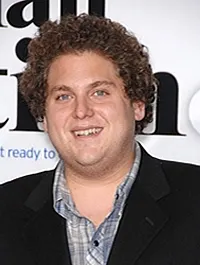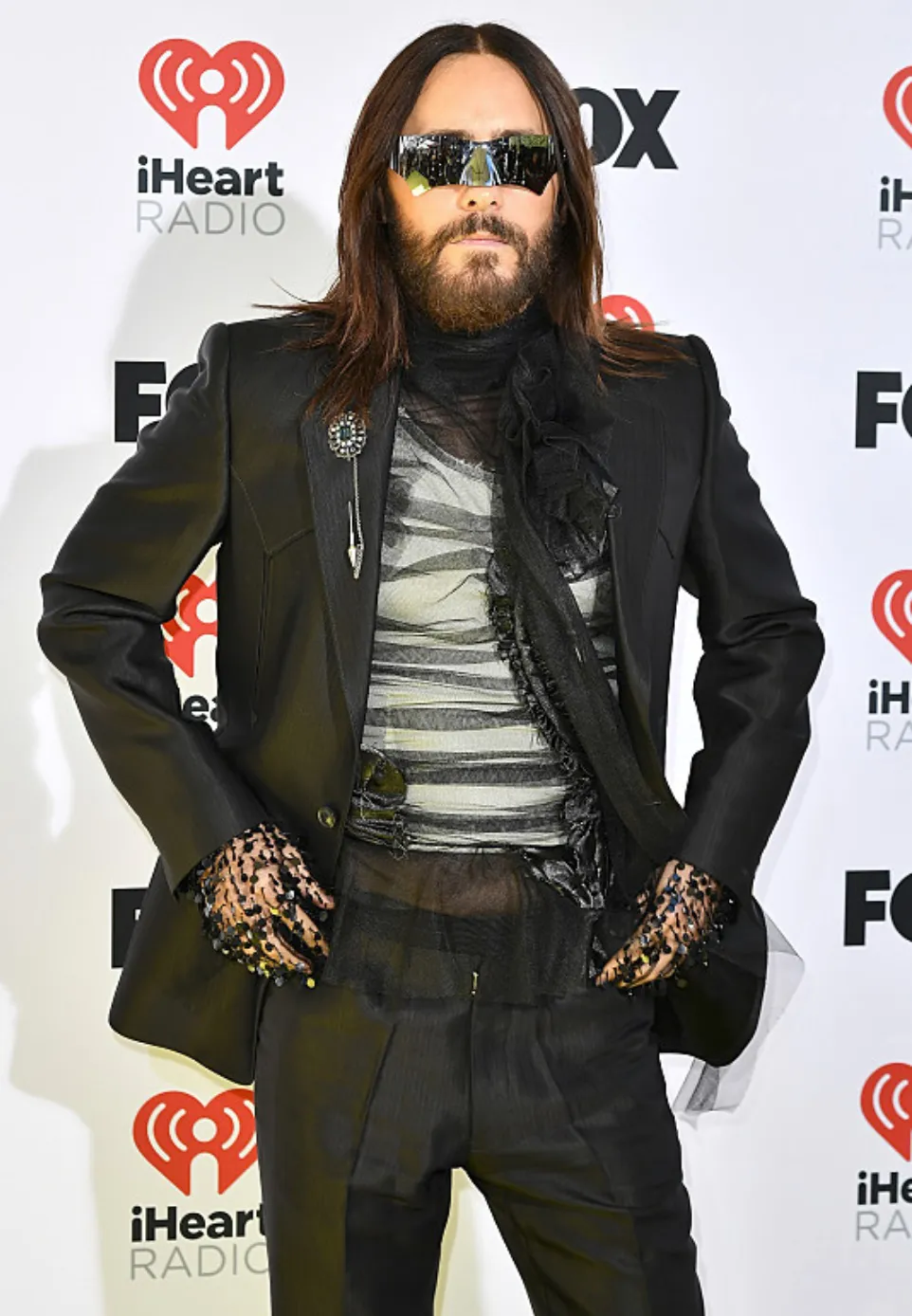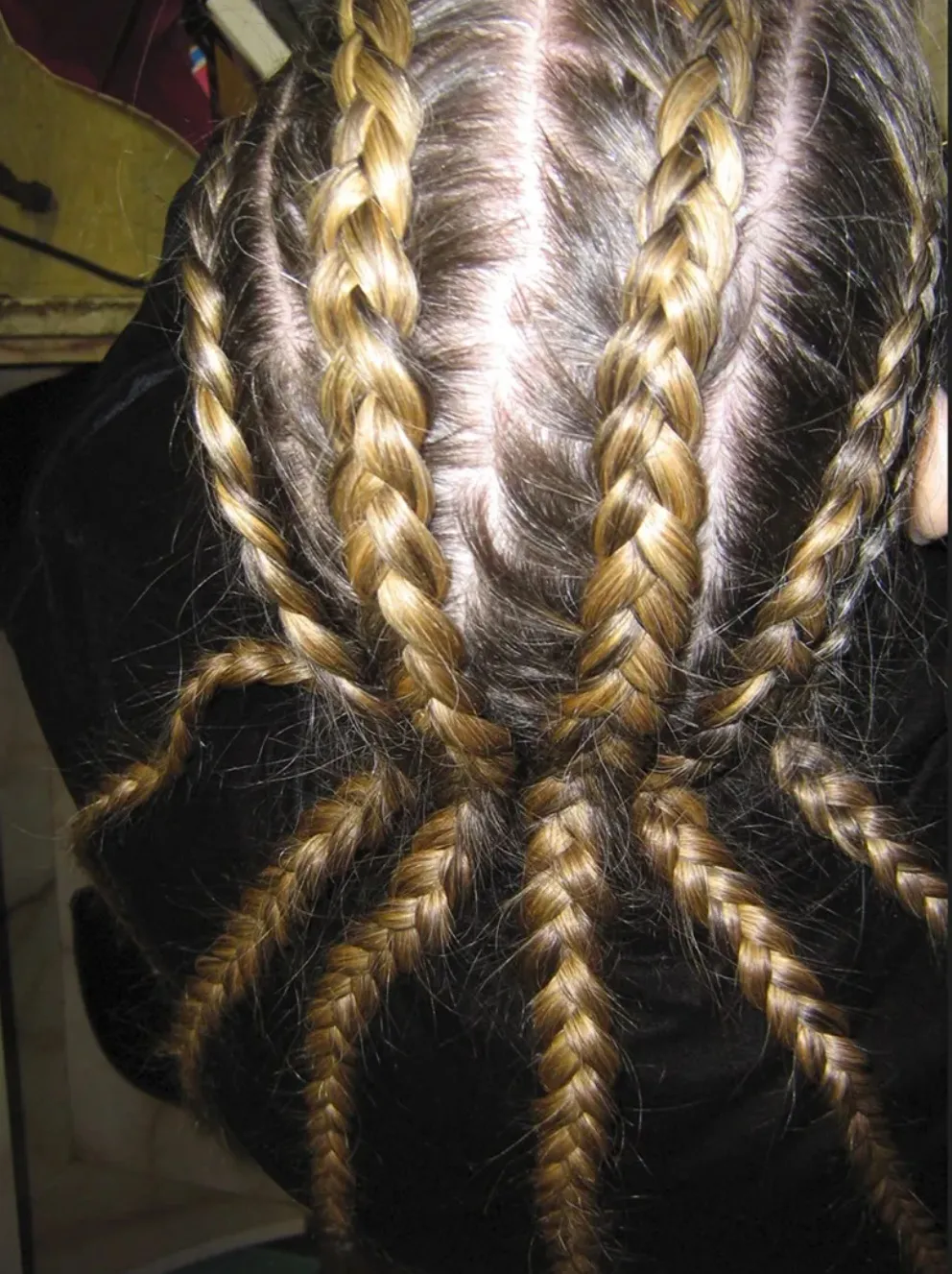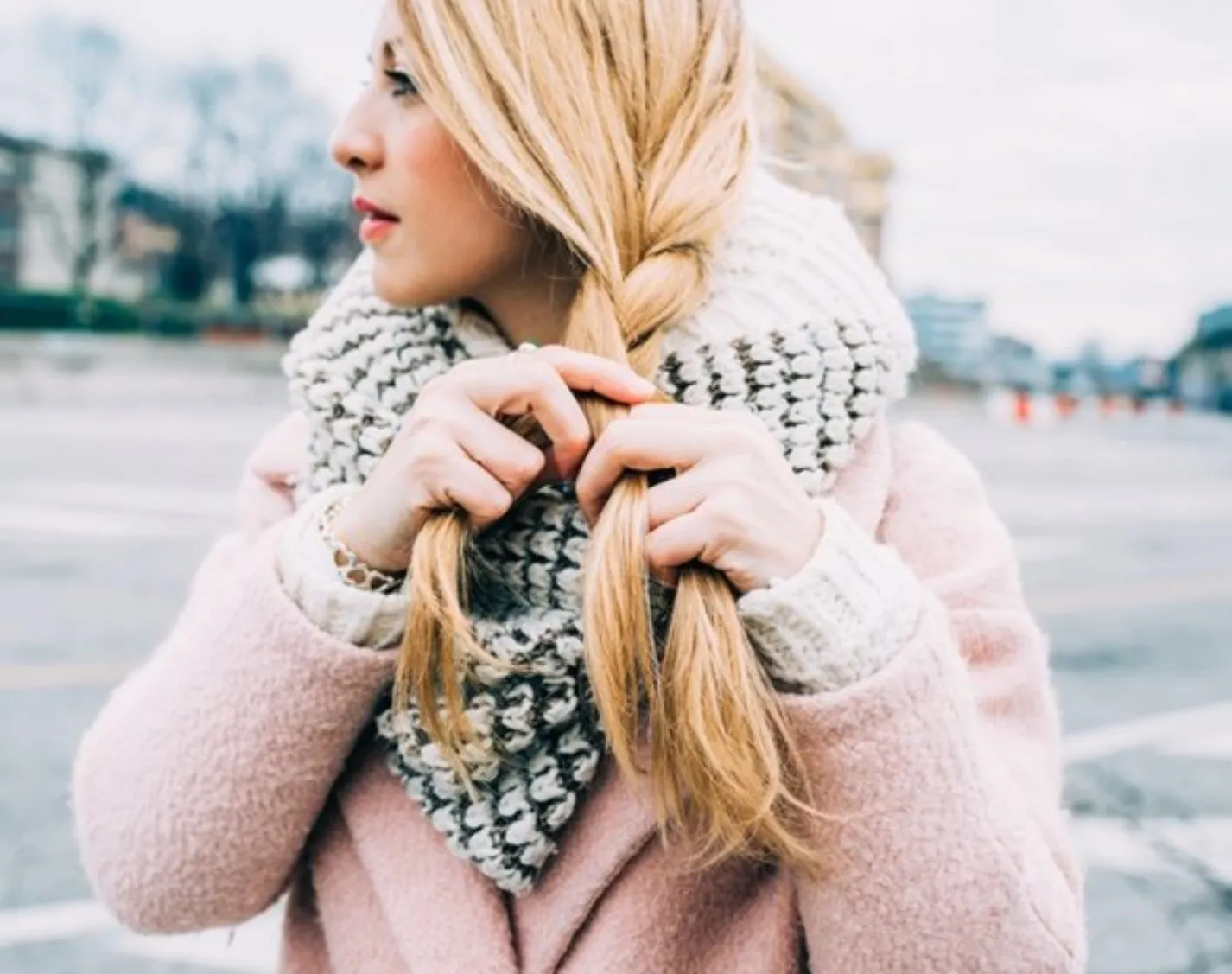
Hair Relaxers
Introduction
Although curls are currently back in hair fashion, they have bounced in and out of popularity over the centuries. Meanwhile curly haired folks have been battling their hair since the beginning of time. Of the average 1,000 AskKaren and personal emails I received every day at HairBoutique.com, some of the frequently asked questions involve chemical thermal reconditioning, hair straightening and hair relaxing. For many curlyheads, straighteners and relaxers have resulted in damaged hair or weakened tresses. All of these hair treatments involve altering naturally kinky, curly or wavy hair into straight strands through the use of specific chemicals designed to effectively break the chemical bonds of the hair, destroying the traditional curl or wave patterns. As you can imagine, any time you apply a chemical strong enough to completely break your genetic hair pattern, it can have other unexpected side effects. According to the US Food & Drug Administration's Office (FDA) of Cosmetics & Colors, chemically induced hair straighteners and relaxers are among the top consumer complaint areas. The official complaints against hair straightening products range from serious hair breakage and hair damage to serious scalp burns that may require an emergency room visit.
Side effects of a bad chemical hair straightening treatment can include total or spot hair loss, hair breakage where hair breaks at the scalp line, bald spots scalp rashes, irritation and potential scarring of the scalp. In rare cases, if burns occur on the skin, these can leave scars as well. Also, hair may stop growing temporarily or permanently as a result of the chemical treatments.
(Image from MultiMedia International - Photography by Tom Carson - All rights reserved). Knowledge is power and helping people understand the risks and the solutions to their hair treatment problems is one of the primary goals of HairBoutique.com. The FDA acknowledges that many of the complaints that are received about hair straighteners or relaxers are due to the incorrect use of the product by the consumer or a stylist rather than a problem with the actual product used. Although some products manufactured in the past (Rio Naturalizer & Rio Naturalizer System with Color) were discovered to be the cause of straightening problems, the majority of products available today are considered to be safe for use, when instructions are followed closely. Many companies that manufacture hair straightening products for use in salons or home relaxing kits understand that both stylists and hair consumers often do not take the time to study the instruction guides. When the appropriate steps are not taken before applying relaxers, hair and scalp may suffer burns. Differences Between Straighteners & Relaxers
(Image from MultiMedia International - Photography by Tom Carson - All rights reserved). People with extremely curly hair will find that it is much harder to completely straighten supercurls compared to someone with wavy hair. The new Thermal Reconditioning treatments which are also known as Japanese Hair Straightening, Japanese Straighening, Ionic Retexturizing, Thermal Restructuring, Rebonding and or Thermal Reconstruction are chemical straightening methods. The three best known Thermal Reconditioning manufacturers are currently Yuko Systems, Liscio and Bio Ionics. Yuko is probably the best known and is considered to be the first of this new hair straightening trend. Relaxers will soften or relax natural curls or waves but may not make hair completely straight. For some people relaxers will give a completely straightened look but for the majority of super curly or wavy tresses people, the results will be more relaxed than straightened. Relaxers soften hair to the point where it can be restructured into a straighter form. Successful Chemical Hair Straightening
(Image from MultiMedia International - Photography by Tom Carson - All rights reserved). Keep in mind that the success or failure of any chemical straightening is directly related to the knowledge and skills of the professional that applies the product. Take the following steps to make sure you have covered all your bases before undertaking thermal reconditioning, chemical straightening or hair relaxing:
Home Relaxing Kits
Phyto is one company that specializes in the creation of home relaxing kits. They manufacture kits in two different strengths to deal with different types of hair. The Phyto folks have spent a great deal of time and research into creating relaxing formulas that are safe for consumers to use at home, if they follow the instructions. The Phyto relaxers are effective for the majority of people that try the treatment. Dos & Don'ts For Home Relaxer KitsIf you decide to relax your hair at home, keeping in mind that super curly hair will not turn out completely straight, be prepared to take the following steps to protect your hair and prevent damage:
Many of the companies, like Phyto, that offer hair relaxing kits also offer special aftercare products to help keep the newly relaxed hair soft and prevent dryness or damage. When possible invest in some of the suggested aftercare lines to maintain and care for your newly relaxed hair. SummaryWhether you decide to have your hair thermally reconditioned, chemically straightened or relaxed it is important to do your initial research into the type of treatment you desire and then either visit a certified hair care professional or carefully follow all product instructions. Be careful not to alter any of the directions whether it is the application steps, amount of time you leave the product on your hair or any other steps in the process. Adjusting any of the instructions could lead to adverse results or side effects, as discussed able. When it comes to chemical hair straightening or relaxing, take your time, take the proper steps and the chances are good that you will have a fabulous experience. | |||
| If you want to talk more about this or other hair care articles on HairBoutique.com or anywhere else, please post a message on HairBoutique.com's Hair Talk Forums.
|
Social Media Network Information
Please follow us on Twitter at: https://Twitter.com/HairBoutique. I look forward to meeting new people from all walks of Twitter and learning from their Tweets.


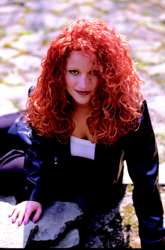
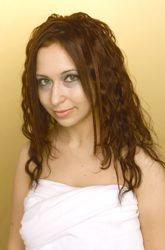 Am I trying to scare you? Absolutely not. My goal is to provide as much information as possible so that any hair consumer undertaking a hair straightening procedure has as much advance information as possible.
Am I trying to scare you? Absolutely not. My goal is to provide as much information as possible so that any hair consumer undertaking a hair straightening procedure has as much advance information as possible. 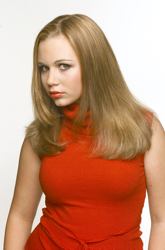 Generally speaking thermal reconditioning and chemical straighteners will create permanently straightened tresses. The hair will remain straight until new root growth occurs.
Generally speaking thermal reconditioning and chemical straighteners will create permanently straightened tresses. The hair will remain straight until new root growth occurs. It is never advised that you try to undertake chemical straightening or thermal reconditioning at home. Always go to a licensed hair care professional for application of these strong chemical products.
It is never advised that you try to undertake chemical straightening or thermal reconditioning at home. Always go to a licensed hair care professional for application of these strong chemical products.